Ticks
Ticks can be dangerous to your dog or cat if they are not treated proactively and quickly if they are bitten. Ticks do not just bite and cause red bumps that make your pet itchy, they can also transmit dangerous diseases like malaria, heartworms, West Nile Virus, and Lyme disease. Be proactive in your effort to protect your pet, especially around this time of the year. Below are some facts on ticks along with tips on what you can do to prevent ticks from biting your pet.


Ticks lay their eggs in various places, but not on the host. Usually, they are laid and hatched in the environment. Female ticks can lay up to 22,000 eggs in a single egg-laying event.
After ticks hatch, they seek a host, feed for several days, then drop off and become nymphal ticks, which repeat the same process to become adult ticks. Adults also seek a host, feed and drop off, laying their eggs in the environment to complete their life cycle.
Ticks that are already out and about are the visible adult, sesame-sized ones, noted Kristen Nordlund of the Centers for Disease Control and Prevention.
Once ticks find a host, they securely attach themselves by imbedding their mouth parts as holdfasts into the pet's skin, and begin feeding off of its blood. If a tick is carelessly pulled off, the head often remains in the skin. As the tick continues to feed, ticks become engorged with the pet's blood and their size can increase by several times.
Ticks pose a health threat to both pets and people. Ticks transmit disease-causing agents, several of which have risen to epidemic proportions. Some of the most common tick-borne diseases are Lyme disease, Rocky Mountain Spotted Fever, and Ehrlichiosis.
Since 1992, the cases of Lyme disease have doubled, according to the CDC, and more than 21,000 cases are reported every year.
The most common ticks:
Ixodes scapularis (Deer Tick)
Rhipicephalus sanguineus (Brown Dog Tick)
Dermacentor variabilis (American Dog Tick)
Amblyomma americanum (Lone Star Tick)
Dermacentor andersoni
(Rocky Mountain Wood Tick)
Ticks are parasitic invertebrates that infest every class of terrestrial vertebrate, including mammals, birds, reptiles, and amphibians. A tick is not an insect. They are members of the class Arachnida, which includes spiders, scorpions, and mites. While there are many species of ticks throughout the world, only a few are known to cause problems to humans and pets in North America.
Ticks have a lot of advantages. They have an unusually long lifespan, which not only perpetuates the ticks, but also the pathogens they may carry, making it considerably more difficult to control these diseases. In addition, they can survive through various unfavorable conditions, and their reproductive activity is high.
Symptoms of tick-borne diseases include:
If untreated, these health problems can become severe and long-term treatment may become necessary.
PREVENTION
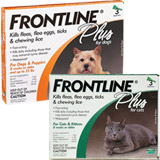 | Frontline Plus for Cats and Dogs  |
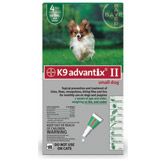 | K9 Advantix II  |
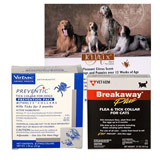 | Preventic Flea & Tick Collar  |
| | Seresto Flea & Tick Collar for Cats |
SHAMPOOS
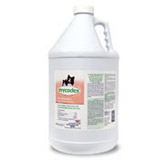 | Mycodex Flea & Tick Shampoo P3 |
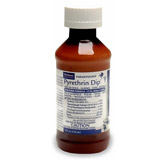 | Pyrethrin Dip (118 mL) |
SPRAYS
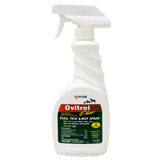 | Ovitrol Plus Flea/Tick/Bot Spray for Dogs,Cats & Horses |
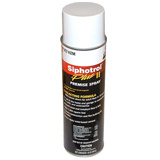 | Siphotrol Plus II Premise Spray (16oz) |
OTHER
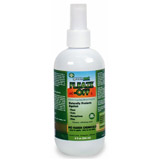 | Green Pet Fleaze-Off (8 oz) |

